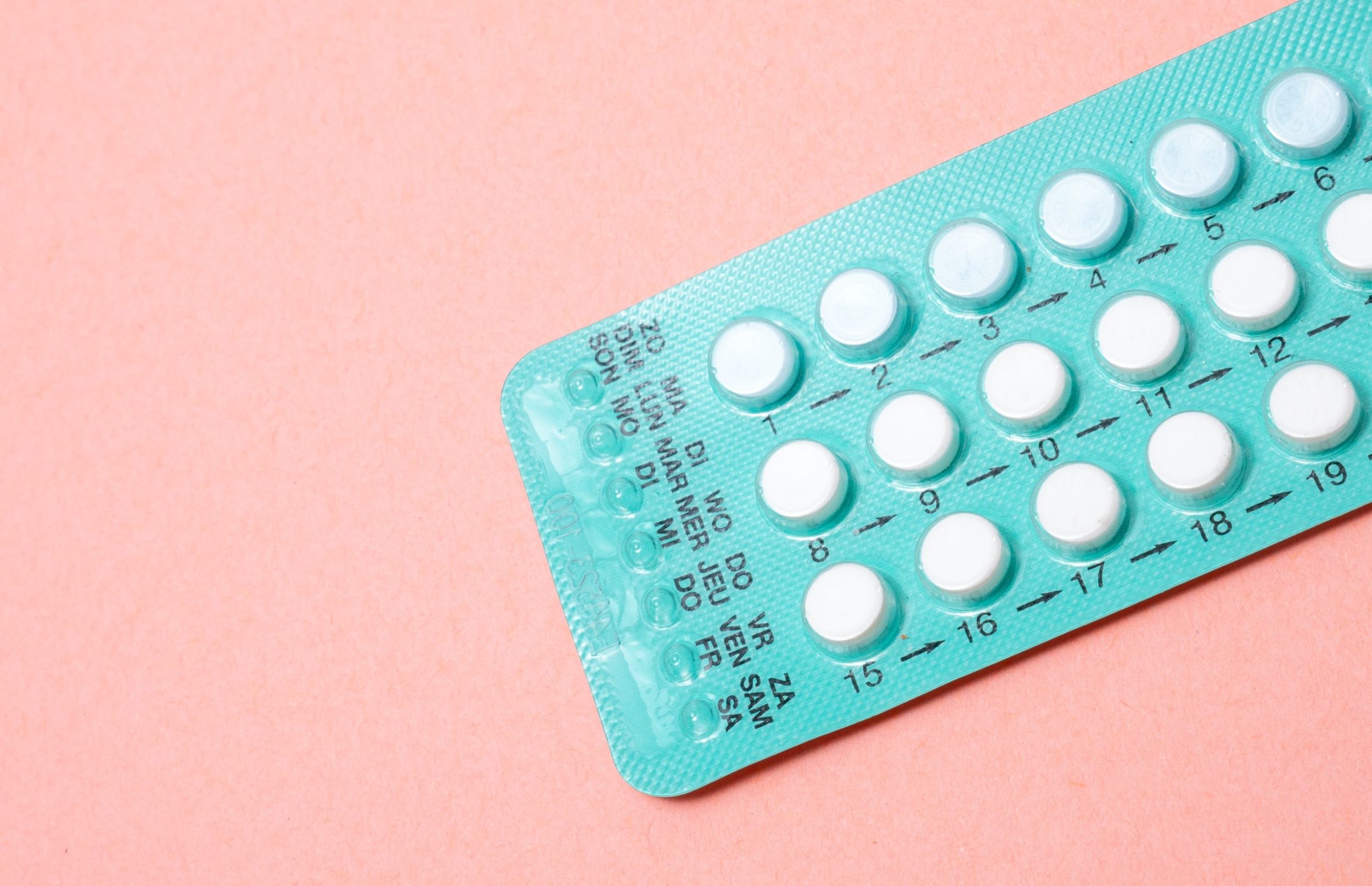
How many of your clients are on a combination OCP?
Do you know the full extent of the physiological impact in each?
Are you able to identify to key pathology indicators regarding the magnitude of that impact?
Like you I see a lot of clients who are on the COCP – whether it’s for contraception, skin, dysmenorrhoea or ‘hormonal balancing’ (interesting concept!!). It’s typically the case that these clients are aware that, beyond contraception, it’s not really a ‘solution’ & ‘isn’t ideal’. They have, as all patients (un)consciously do, carried out a little risk benefit analysis though and here they are. I really feel reluctant to make more difficult, an often already difficult decision for women, and I always want to respect people’s autonomy and choices, so whenever possible I simply go about my job, supporting them naturopathically in light of the impact it is likely to have on their nutrition & physiology.
However, there are occasions when I look at their pathology results and put it together with their symptoms and realise that the ‘danger signs’ are flashing & the COCP is not playing nicely with their unique biochemistry.
Women’s responses to the COCP are not one-size fits all. Apart from the fact that there are multiple combination OCPs available with varying ingredients and actions, we know that each individual can respond to the same formula differently based on a range of factors we might not completely be aware of until they start taking it. For example, all oestrogen (whether it’s yours, synthetic or bio-identical) causes mobilisation of copper from the liver. So when we see blood Copper levels rise following OCP initiation, it’s not because these women are suddenly absorbing or being exposed to more, rather it’s as a result of the liver mobilising a large proportion of the copper that it previously stored, for use by the [imaginary] foetus. The question is – how much does each woman have in the wings, ready to go? And does this result in a blood copper rise that’s mild (S Cu levels < 20 mmol/L) or severe (S Cu levels >20 or even > 30 umol/L). What would be the consequence of being someone in the last group? Apart from the significant increase in oxidative stress and the jump in glycosylated haemoglobin (a particular issue for those with pre-existing IR or T2DM) how would this disproportionately high copper impact your mental health in relation to its role in neurotransmitter synthesis? What about the COCP’s additional effects on each individual woman’s SHBG levels (and therefore available TT), HPA axis, glucuronidation etc. etc.?
We’ve all come across women who’ve stopped the OCP because ‘it didn’t agree with them’ but what about the ones whose biochemistry is really battling with the COCP but they’re none the wiser? We can identify this quickly via reviewing standard blood tests & help the client to understand their individualised reasons to be look for other alternatives.
Research continues to clarify the physiological impact of the combination OCP & individualised responses – we live in a world where the COCP will continue to dominate as a contraceptive choice but surely a step towards an individualised approach & improved patient education & informed decision making, are steps in the right direction?
What’s the COCP really doing? An update on its physiological impact
We’re all aware that in theory OCP use correlates with a range of elevated risks but in reality many females will make the decision that the pros, in terms of contraception or control of acne etc., outweigh the cons. What if we could provide more individualised advice by looking to their pathology results and identifying and quantifying specific danger signs for each individual? This approach enables us to better support patients who chose this form of contraception but accurately identify those that might want to consider safer or more suited options and equally reassure those for whom it remains a sensible choice.
